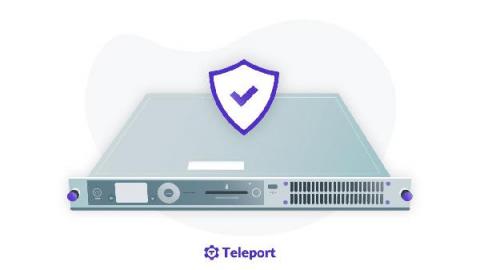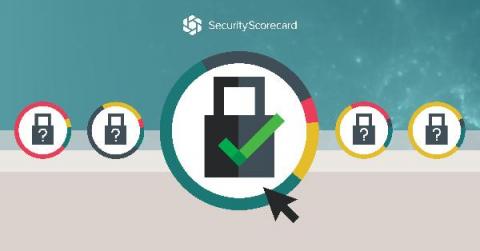Introduction to HSM - Hardware Security Modules
HSM stands for hardware security module. HSMs are hardware devices. They can be quite small and plugged into the main board of a computer, or they sit side by side in a server rack. They store sensitive data such as private keys. HSMs do not allow you to read that sensitive data back; instead, they expose only cryptographic operations like signing of certificates or encrypting data. This provides stronger protections for storing private keys compared to disks or databases.










